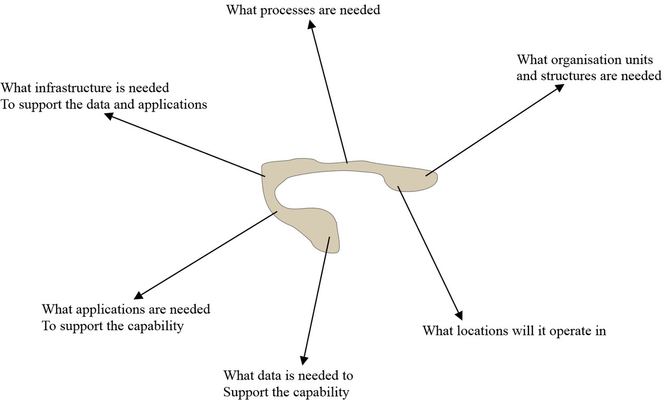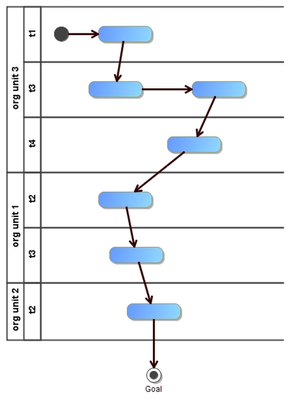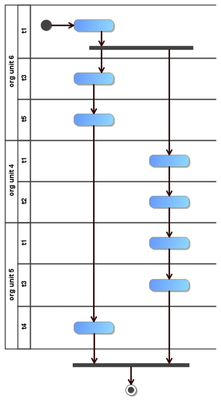Introduction
...
- skills (physical competency - bricklaying, plumbing, electrical work, roofing, carpentry etc)
- competencies (education, qualifications and areas of knowledge - bricklaying, plumbing, electrical work, roofing, carpentry etc)
- cost
- work ethic (turns up on time, is diligent and doesn't leave a job half done, honesty
- how quickly they get the job done - can they deliver in the time allotted
- customer relationship management (how much they keep me informed about the costs and what they are doing) - communications skills
- tools (good knowledge of the right tools for the job) - equipment
- quality (consider TQM as defined by Toyota)
- how well organised are they, this will involve the team around them and how effectively they work as a team
Use the following statement as a guide to this thinking "being able to do building work doesn't make you a competent builder". Most people can run (to some degree), this doesn't make them competent runners, that competency comes from training, eating well and plenty of sleep.So the first . In other words there are number of key characteristics that must be developed in order to enable that capability.
The next thing to remember about a capability is that it is more than just a business function, service or team. It is a logical entity with distinct measurable characteristics (described above) that work together to achieve a goal. Typically a capability considers the following (a MOD perspective on the characteristics of a capability (TEPIDOIL)
...
Alternatively one could choose to approach a define capability from the architectural unification approach POLDAT
- Process (business processes)
- Organisation (structures)
- Location (Geographical information)
- Data (models, life cycles, security etc)
- Application (software, security, interoperability etc)
- Technology (infrastructure)
...
We can now start to see that as we weave through the different parts of the organisation we need to ask the following questions
So how best can Our next task is to try and illustrate this weaving nature that I we have described above? One approach that we are currently trying is to map the thread through a UML activity model. We use swimlanes to provide a visual way of representing organisational units and other sub units.
| This model captures the weaving nature through our first example of one capability to deliver a goal |
|---|
| In this example we show multiple capability paths delivering a goal |
|---|
Defining a capability is an extensive task but once done can lead to a major simplification in the overall understanding and modelling of a problem domain. Consider the following example, you you want to build a home from scratch, core required capabilities
...


